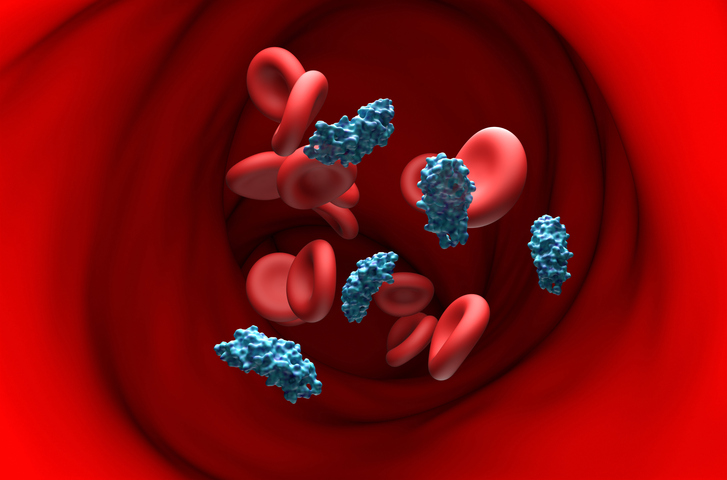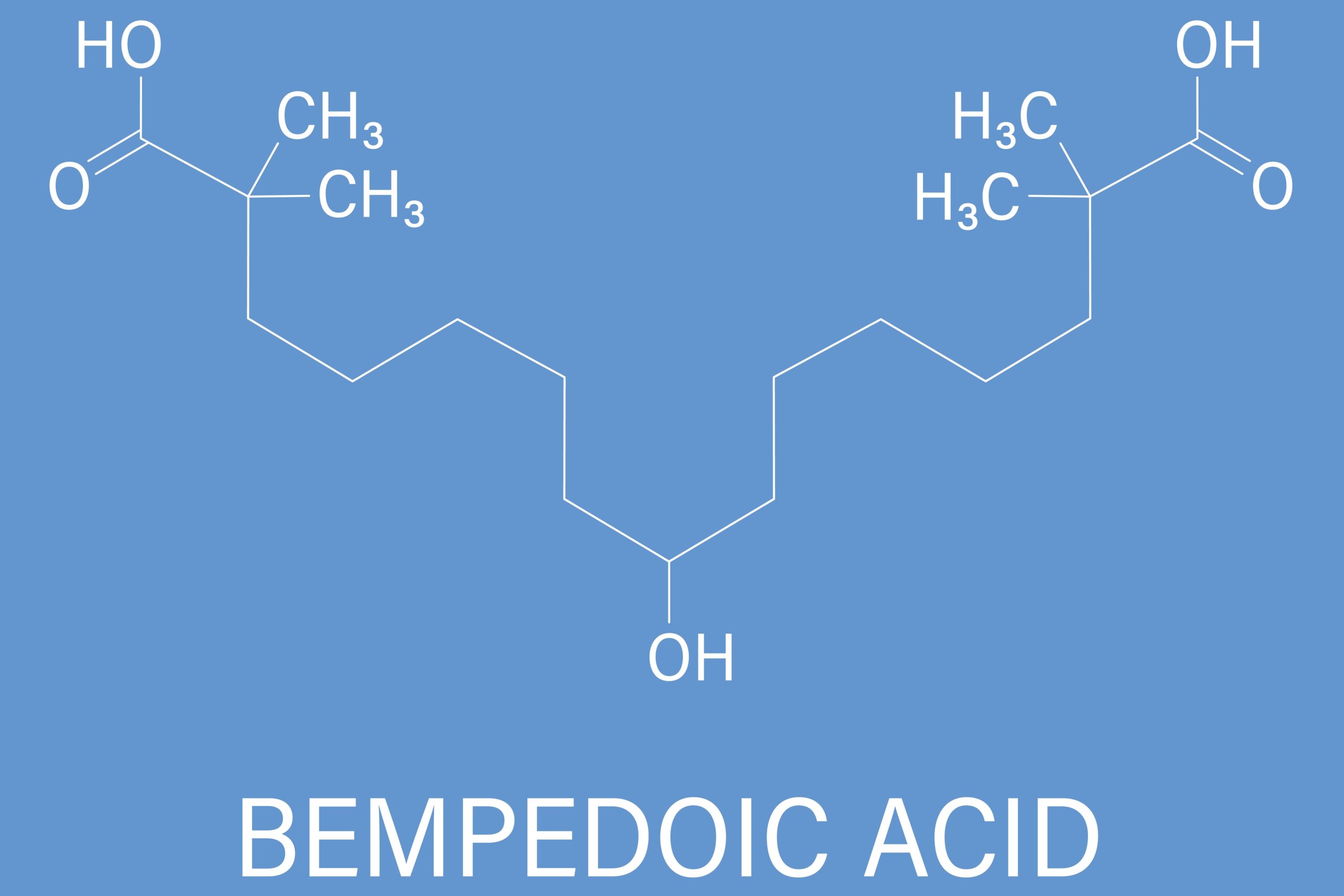
A post hoc analysis by Lincoff et al suggests a comparable reduction in low-density lipoprotein cholesterol (LDL-C) with statins and bempedoic acid in patients with and without atherosclerotic cardiovascular disease (ASCVD). The findings were published in Journal of the American College of Cardiology.
“Achieving (LDL-C) targets is important for improving outcomes across the (ASCVD) risk spectrum, especially in primary prevention and for younger individuals. The development of new lipid-lowering therapies (LLTs) has greatly advanced the field of cardiovascular prevention; however, LLT is significantly underused, partly due to clinical inertia in real-world practice. More than one-half of individuals eligible for LLT are not being offered statins by their providers,1 and up to 30% discontinue statins due to “intolerance.” As a result, only one-third of individuals in the primary and secondary ASCVD prevention settings attain target levels of LDL-C,” the researchers noted.
Bempedoic acid effectively reduces cholesterol and fatty acid synthesis by augmenting recirculation of the LDL receptor to the liver surface by competitively inhibiting liver-specific adenosine triphosphate–citrate lyase.
The Lincoff et al analysis compared LDL-C lowering efficacy of statins and bempedoic acid from the CLEAR Outcomes trial, which consisted of 13,970, and previously published statistics from the CTTC (Cholesterol Treatment Trialists Collaboration) meta analyses (N = 169,138). The researchers noted that subsequent to normalizing HRs for a major vascular event that for 1 mmol/L difference in LDL-C levels, there was a 25% (HR: 0.75; 95% CI: 0.63-0.90) and 22% (HR: 0.78; 95% CI: 0.76- 0.80) risk reduction with bempedoic acid and statins, respectively.
In terms of clinical implications, the researchers concluded that the results “suggest comparable direction and effect size
per each 1-unit reduction in LDL-C with statins and bempedoic acid in individuals with and without ASCVD. The findings reinforce LDL-C lowering as the primary mechanism of benefit with these drugs.”







 © 2025 Mashup Media, LLC, a Formedics Property. All Rights Reserved.
© 2025 Mashup Media, LLC, a Formedics Property. All Rights Reserved.